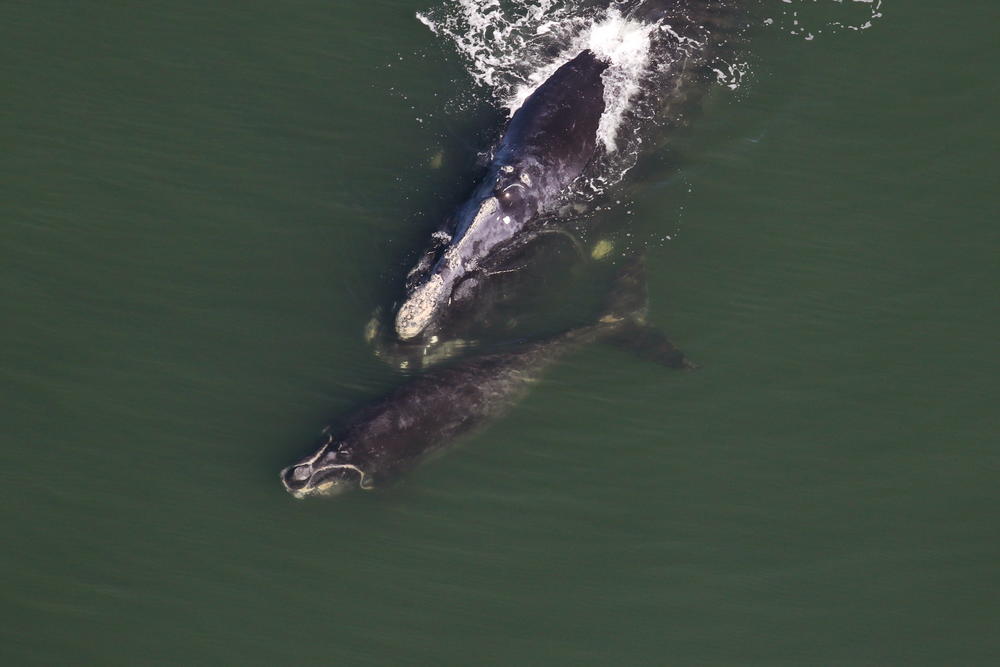Section Branding
Header Content
Scientists Develop Better Whale Pregnancy Test
Primary Content
Scientists at the National Institute of Standards and Technology have come up with a new way to test for pregnancy in whales. A better whale pregnancy test could give researchers more information on endangered right whales.
Researchers noticed that their old method, testing blubber for progesterone, was not very accurate.
So they developed a way to look for lots of different hormones at once, and found they could better predict pregnancy.
Research biologist Ashley Boggs said this could be important for endangered right whales, because tracking births doesn't tell the whole story.
"It's really hard to keep track of large whale demographics if you're not able to tell if the animal was ever pregnant, and potentially lost the calf," Boggs said.
This could help scientists better understand how stressful events like entanglements affect the whales. Entanglements and boat strikes are the leading causes of death for right whales. But experts know less about the impact of that stress on whales who survive, for instance whether it causes pregnancy loss.
Only about 400 North Atlantic Right Whales remain in the world, fewer than 100 of them breeding females.
They give birth off the Georgia coast each winter, and researchers closely track the mothers and calves.


